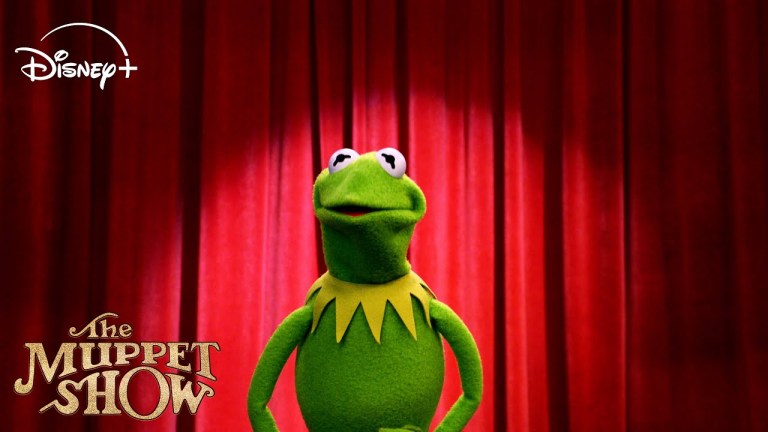How Different Languages Relate to Each Other Through Commonalities, Borrowing and Coincidence
In a fascinating episode their incredibly informative whiteboard series for Mental Floss , linguist Arika Okrent and illustrator Sean O’Neill verbally and visually explain the manner in which languages are determined have common origins, the coincidences of sound and definition across languages and the common use of borrowed words from unrelated languages.
When two languages share some things in common, they might be related, but they also might not be. How do we know? When looking to see if languages are related, we look for words in the two different languages that are similar in both meaning and sound. But we have to be careful. There are two ways languages can end up with these pairs without being related at all. One is borrowing. The word for chocolate is very similar across a whole range of languages that aren’t related to each other. It’s similar because all those languages borrowed the word. …Another way languages end up with words that seem related is by pure dumb chance.






